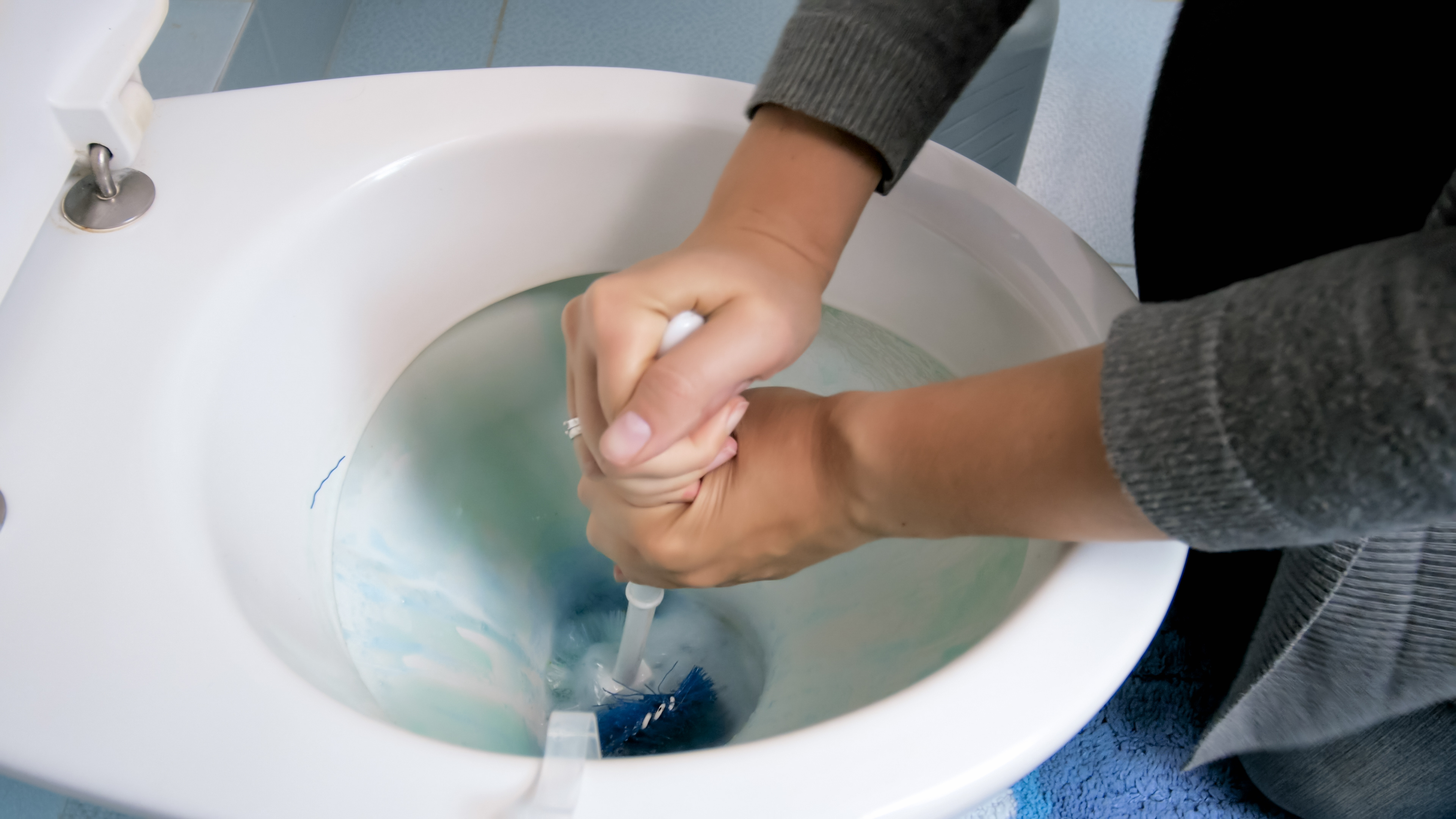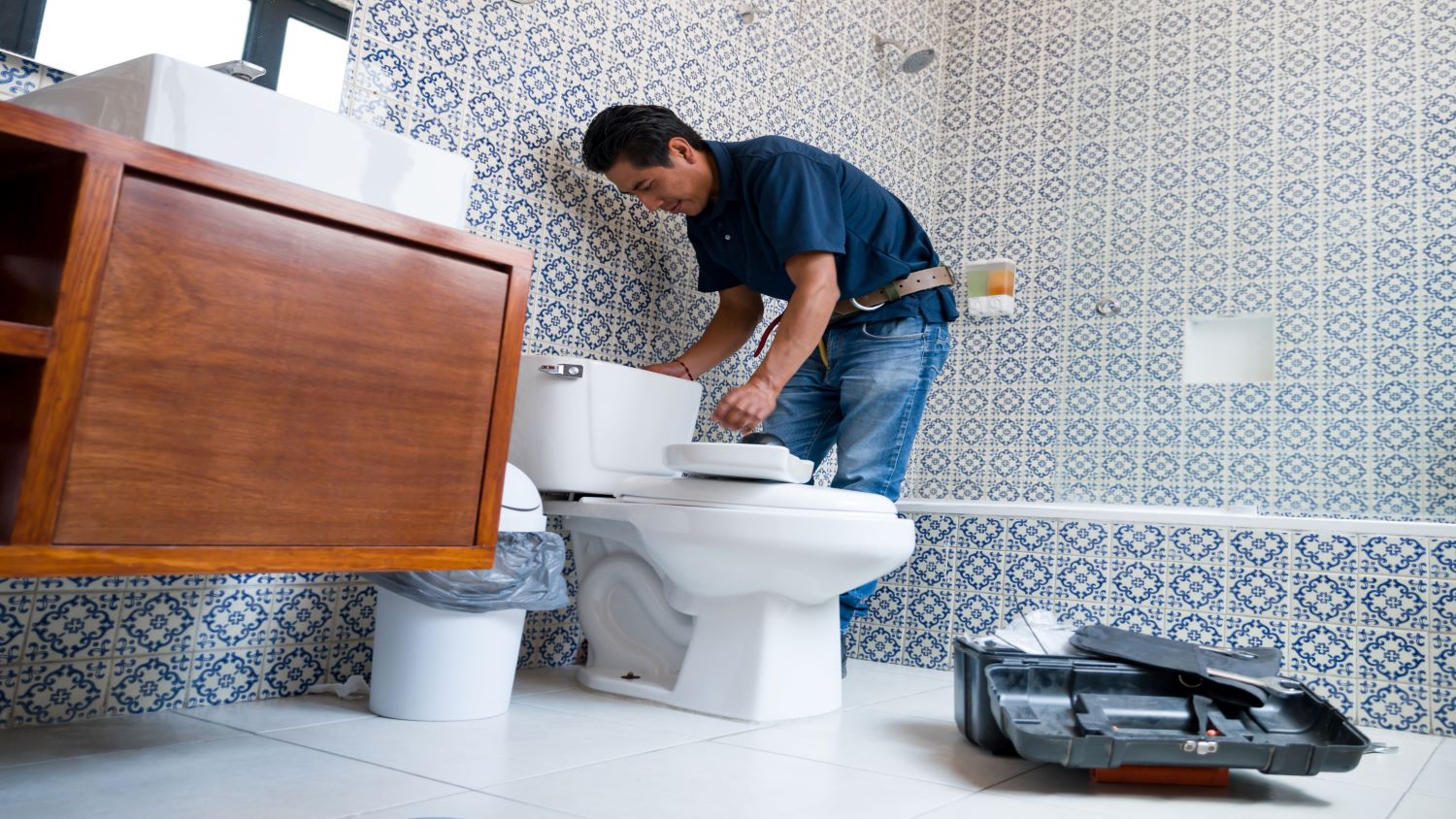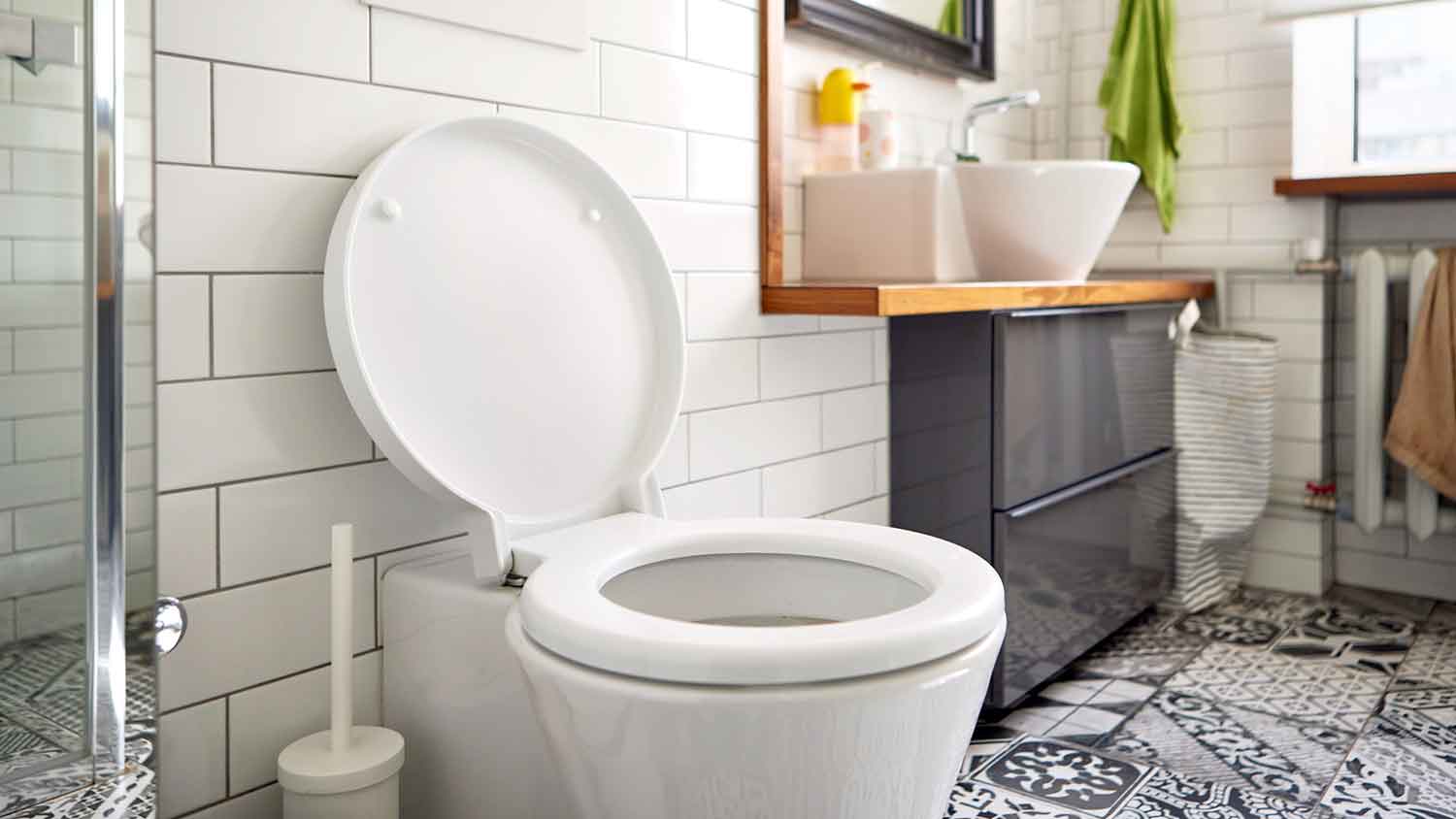How to Adjust the Water Level in Your Toilet Bowl
Get your toilet back to normal by fixing the water levels in your bowl and tank


When it comes to your toilet, having too much or too little water is a bad thing. The wrong water levels can mean your toilet isn’t flushing correctly, so learning how to adjust the water level in your toilet bowl can prevent your bathroom from going out of order. You can try a few easy tricks to fix the problem. Read on for six ways to adjust the toilet water level and get your bathroom back in business.
Why Should I Adjust the Water Level in a Toilet?
Fixing the water level in your toilet when it’s too high or low will ensure it flushes normally and can make your toilet more efficient. When the water level is too low, your toilet might have a harder time flushing, leading to clogs. On the other hand, when the water level is too high, your toilet bowl might overflow and cause an icky mess on the bathroom floor.
Even if you don’t end up with a mess to clean up, water levels that are too high usually mean water is constantly running through your toilet unnecessarily, which can lead to a higher-than-usual water bill. So all in all, it’s a good idea to adjust the water level in your toilet when needed.
Signs You Have Too High or Low Water Levels in Your Toilet
It’s fairly easy to tell if the water level in your toilet needs adjusting since it should be about half full. You can also check the water level in your toilet tank, which should be about 1 to 2 inches below the fill valve and overflow tube, or right on the fill line if your tank has one.
Other signs to look for that indicate the wrong water levels in your toilet bowl include:
An overflowing toilet
A toilet that won’t flush at all
Weak flushes
Water constantly running in your toilet
All these are fairly common toilet problems, but address them as soon as possible.
6 Ways to Adjust the Water in Your Toilet Bowl

Depending on why your toilet bowl water level is low or high, you can try a few different things to fix the problem. To get started on any of the methods below, you should first figure out if your water level is too high or too low. Then, remove your toilet tank lid, turn off the water supply by twisting the water valve knob clockwise, and flush the toilet once to empty the tank.
Adjust the Ball-and-Arm Float
The ball-and-arm float is a toilet part that looks like a ball with a metal arm. To change the water level, you need to adjust the screw that attaches the arm to the fill valve.
If you need to raise your water level, tighten the screw by turning the screwdriver one rotation in the clockwise direction. To lower the water level, loosen the screw by turning the screwdriver one rotation in the counterclockwise direction.
Besides adjusting the toilet float, you should check to see if the float is in good shape. Do a quick visual inspection—if the ball has cracks, holes, or corrosion, you should get a replacement. Also, shake the ball; if you hear water inside, shake the water out of the float.
Adjust a Cylinder Float
A cylinder float is cylindrical with a bar in the middle. These floats are common in newer, modern toilets. To fix the water level, you need to find the adjustment stem. The adjustment stem is a long, thin tube connected to the float and fill valve.
If there’s a release clip on the adjustment stem, raise or lower it to change the water levels. To raise the water level, pinch the clip and move it higher on the stem. To lower the water level, pinch the clip and move it lower on the stem.
And if there’s no release clip, tighten or loosen the screw on top of the adjustment stem. Turn the screw clockwise to increase the water level and counterclockwise to decrease the water level. Only turn the screw one rotation when making adjustments.
Install a New Fill Valve
If you have tried adjusting your float and your water levels are still off, your fill valve may be at fault. The valve may have a leak, which is easy to see if you watch what happens in the tank when you flush the toilet.
To install a new toilet fill valve, ensure you turned off the water supply to the toilet and flushed it to clear the tank. Then, detach the old valve. Doing this is as simple as unscrewing two nuts: one that connects the valve to the water supply and another that attaches the valve to the tank. You’ll likely need to use pliers or a wrench.
Once that’s done, you can lift the valve up and out of the tank. Next, place the new valve into the tank and attach it to the water supply and tank.
Clear Blocked Plumbing Vents
You may need to clear blocked plumbing vents if your toilet makes gurgling sounds, if the water stops flowing in your toilet, or if the water flow becomes sluggish. You may also notice an unpleasant smell. It’s best to hire a pro to help you with this because climbing on the roof to access the vents can be dangerous, so keep that in mind before attempting to DIY this fix.
First, figure out which vent opening is the toilet vent. Once you find it, reach in and clear out any debris. Then, use a garden hose to pour water down the vent. If the hose isn’t enough to clear the blockage, you may need to crank a 20-foot sewer auger into the vent to clear it.
Unclog Your Pipes

Your toilet water bowl levels may also be too high if you have a clog in the pipes. There are a few ways that you can try to resolve it. For one, you can pour 1 gallon of hot water into the bowl. The pressure from the water can loosen the clog.
Alternatively, you can try plunging the toilet. Start slowly and keep plunging until you feel the clog dislodge. If that doesn’t work, you can use an auger, which allows you to reach beyond the P trap to find and break up a clog.
Fix Hairline Cracks in Your Toilet
Another possibility is that water is leaking through hairline cracks in your toilet. It might be leaking if you notice low water in your toilet bowl or if the water level gets slightly lower with every flush. It’ll be easy to notice water puddling around the toilet on the floor, but the actual leak may be below the floor.
The crack may be in your tank or in your bowl. Depending on where the crack is and how bad it is, you may be better off installing a new toilet.
If you want to fix the crack, you should first turn off the water supply. Then, sand the area and apply mixed epoxy to the crack using a putty knife. Leave the epoxy to cure overnight, and test your toilet in the morning.
Tips for Adjusting the Water Levels in Your Toilet
After adjusting anything in your toilet tank, you should turn the water valve back on and try flushing the toilet. By checking the new water levels, you can tell if you need to make additional adjustments.
If you’ve tried all of the tips to adjust the water levels in your toilet and the water level is still not fixed, you might have a problem that goes beyond your bathroom. For example, you might have low water pressure due to leaking or rusted pipes.
DIY vs. Hiring a Pro

Fixing the water level in your toilet bowl on your own can be relatively budget-friendly or free. For example, adjusting your float doesn’t cost anything. Even if you need to install a new one, a new ball-and-arm float is $12 to $17, and a new cylinder float is $20 to $30.
However, if you don’t have the technical know-how to complete this project, it’s best to call a plumber near you. A pro will make sure the job gets done properly so you can move on from worrying about your toilet, and they typically charge $200 to fix clogs and $252 to repair a toilet.
Frequently Asked Questions
You can tell if your toilet fill valve is full by removing the lid and taking a look. When you flush the toilet, the float is at the bottom of the tank, the water empties, and the fill valve opens. The float rises to the top as the tank fills again with water. When the float rises to the right level, the fill valve closes; if the valve is too high, your toilet may only partially flush, requiring you to adjust the float.
The normal water level in a toilet bowl is about halfway full. The water should sit above the P trap drain because this creates a seal and suction. When you flush the toilet, the suction keeps sewer gases from entering your house through your toilet. Anytime the water level is higher or lower than half full, you need to make adjustments or replace broken parts.
No, your toilet tank should not empty completely when you flush. Although the water level will dip a lot after you flush, it shouldn’t be totally empty. If your tank is empty, you might have issues with your fill valve, float ball, or toilet trip lever. You should check all of your toilet parts to ensure they’re working correctly and make any necessary adjustments.
Yes, you can pour water down the toilet to help it flush. For each flush, you’ll need 1 to 2 gallons of water for newer toilets or 3 to 5 gallons of water for older toilets. Rather than dumping the entire bucket in all at once, pour the water in slowly for the best results. If you’re pouring water down the toilet to help it flush after a clog, only use 1 gallon of hot water.





- Gas Plumbers
- Plumbing Repairs
- Sump Pump Installation
- Wood & Pellet Stove Repair
- Shower Repair
- Wood Stove Services
- Emergency Plumbers
- Fire Sprinkler Contractors
- Perc Test Companies
- Toilet Repair & Installation
- Boiler Repair
- Sewer Line Repair
- Faucet Repair
- Main Drain Camera Companies
- Foundation Drain Installation
- French Drains
- Bathtub Replacement
- Subcontractors
- Storm Drain Contractors
- Affordable Plumbing
- Plumbing & Heating Companies
- Bathroom Repair Services
- Sink Installation
- Commercial Plumber
- Barndominium Builders
- Water Line Repair
- Faucet Installation
- Water Line Installation
- Leak Detection










